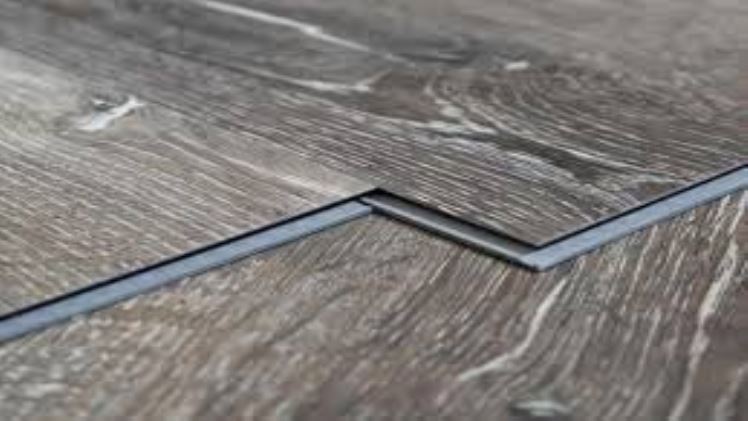Common challenges encountered during the installation of SPC flooring

Installing Stone Plastic Composite (SPC) flooring has become increasingly popular due to its durability, water resistance, and ease of maintenance. However, like any flooring material, there are challenges that installers may encounter during the installation process. In this article, we will discuss some of the common challenges faced when installing SPC flooring and provide solutions to overcome them.
Subfloor Preparation: One of the primary challenges during SPC flooring installation is ensuring the subfloor is properly prepared. Any irregularities or imperfections in the subfloor can result in an uneven surface, which may affect the integrity and appearance of the flooring. It’s essential to thoroughly clean the subfloor, remove any debris, and ensure it is level before installation.
Solution: Use self-leveling compounds to correct minor imperfections in the subfloor. Additionally, moisture testing should be conducted to prevent issues such as warping or buckling due to moisture seeping through the subfloor.
Acclimation: Proper acclimation of SPC flooring is crucial to prevent problems such as expansion or contraction after installation. Failure to acclimate the flooring material to the installation environment can lead to gaps or buckling.
Solution: Allow the SPC flooring to acclimate in the installation area for at least 48 hours before installation. This allows the material to adjust to the temperature and humidity of the room, minimizing the risk of issues post-installation.
Cutting and Trimming: Cutting and trimming SPC flooring panels to fit around obstacles such as door frames, corners, and irregular shapes can be challenging, especially for inexperienced installers.
Solution: Use appropriate tools such as a utility knife, jigsaw, or circular saw with a fine-tooth blade to accurately cut the flooring panels. Take accurate measurements and use templates when necessary to ensure precise cuts and a seamless finish.
Expansion Gaps: SPC flooring requires expansion gaps around the perimeter of the room to allow for natural expansion and contraction of the material. Failure to leave adequate expansion gaps can result in buckling or damage to the flooring over time.
Solution: Use spacers to maintain consistent expansion gaps around the edges of the room during installation. These gaps can be covered with baseboards or molding once the installation is complete to provide a finished look.
Undercutting Door Jambs: Installing SPC flooring under door jambs and casings can be tricky and may require undercutting to ensure a seamless transition between rooms.
Solution: Use a handsaw, oscillating tool, or jamb saw to undercut door jambs and casings to the proper height, allowing the flooring to slide underneath. This ensures a professional-looking finish without gaps or uneven transitions.
Proper Adhesive Application: For glue-down installations, applying the adhesive correctly is essential to ensure a strong bond between the flooring and the subfloor.
Solution: Follow the manufacturer’s instructions carefully when applying adhesive, ensuring even coverage and sufficient drying time before installing the flooring panels. Failure to apply adhesive properly can result in loose or unstable flooring.
While installing SPC flooring may present challenges, proper preparation, attention to detail, and adherence to manufacturer guidelines can help overcome these obstacles. By addressing common issues such as subfloor preparation, acclimation, cutting and trimming, expansion gaps, undercutting door jambs, and adhesive application, installers can achieve a flawless and long-lasting SPC flooring installation.



